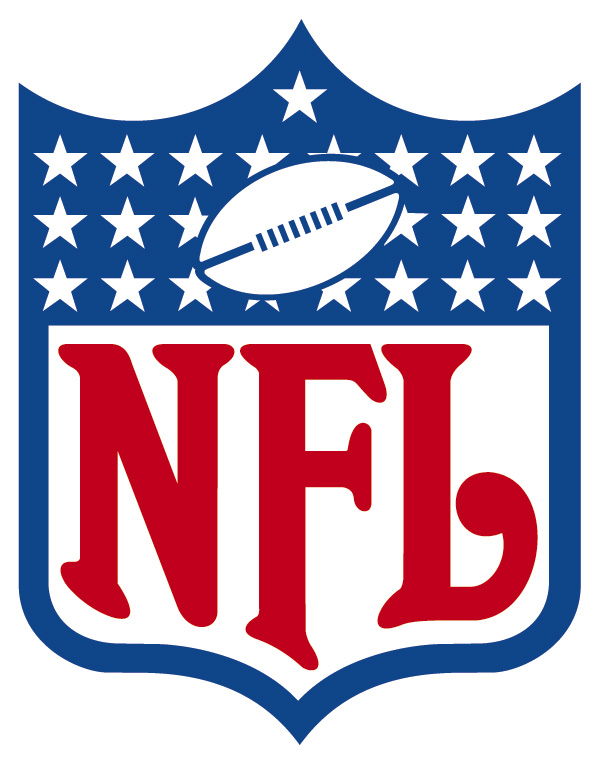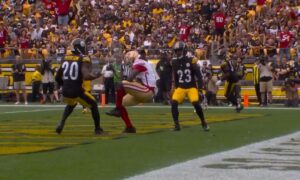Anybody who actively follows American sports no doubt is aware of the situation surrounding New York Giants defensive end Jason Pierre-Paul, as well as the subsequent reporting of the consequences of said situation, which has become as big of a story in its own right.
Pierre-Paul, of course, suffered a significant hand injury as a result of a mishandling fireworks during a Fourth of July celebration. The situation was fluid for several days, no doubt due to the fact that the ultimate way to proceed was unclear. Pierre-Paul refused to see representatives of the Giants, although it is important to note that he has yet to sign his franchise tag.
As the situation developed, it appears that Pierre-Paul was presented a few different options about how he felt best to proceed, and he decided that it was in his best interest to have his right index finger amputated.
ESPN somehow obtained this information, accompanied with a photograph of the medical chart for the surgery while it was going on. The information and the photograph were given to Adam Schefter, who proceeded to report it all via Twitter, sparking backlash questioning the veteran reporter’s ethics.
While initial concerns were raised regarding a HIPAA violation, Schefter did not violate the act—the individual who distributed the photograph to the media did, and he or she will likely be fired. Sports Illustrated also points out that Schefter’s actions are supported against charges of invasion of privacy via the First Amendment of the Constitution.
But he’s not on trial in any manner than in the court of public opinion, and while there may be no legal nor professional grounds to dispute his right to report the information, he has been highly criticized by some on the grounds of basic decency.
Many fellow journalists, such as Ray Fittipaldo of the Pittsburgh Post-Gazette, have acknowledged that they would not have published the photo along with the reporting of the basic information.
For his part, Schefter told SI recently that he “could and should have done even more here due to the sensitivity of the situation”, saying that he “could have leaned on” ESPN’s editors and production staff in making the decision to disseminate that information. Of course, the network’s subsequent displaying of the photograph on television after the fact may give an indication of what their ultimate decision may have been.
Schefter talks about having been given great latitude over the years. He speaks about how he has attempted to guard his reputation and integrity over the length of his career. Yet when I read this, I couldn’t help but recall a live segment of ESPN a few years back.
During the segment, Schefter received the news that Eric Mangini, then the head coach of the Cleveland Browns, had been fired. Schefter mentioned “50 bonus points from Josh” as he high-fived his co-anchor, evidently referenced some sort of behind the scenes bet, or something similar.
Indeed, many may have a similar caricature of Schefter in their heads as somebody who values more than anything his own role in disseminating the information. And it is understandable that in such a profession predicated upon reporting information a certain culture that appears insensitive to the actual subjects being reported upon might develop.
Overall, his answers do feel generally forthcoming, and perhaps he recognizes that he has had lapses in professional demeanor in the past. I would hope that this could serve as an introspective moment for Schefter, and for sports journalism in general, which has been under fire in recent years, though I tend to doubt it.








